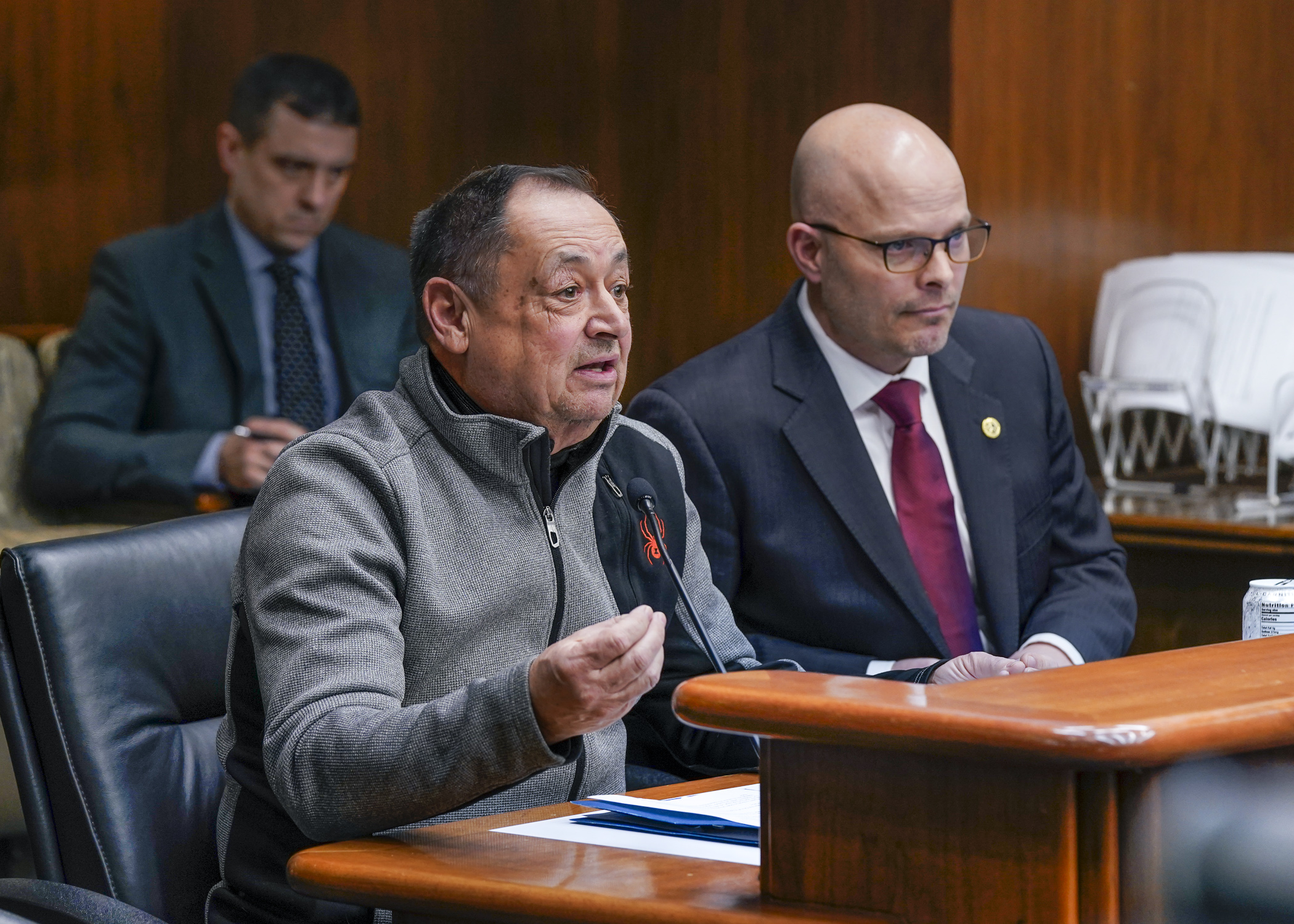Minnesota’s local governments could see a bump in state aid

“Why are my property taxes going up so much?”
Many a legislator has reported that to be one of the most common questions they encountered while campaigning last year. They had their choice of factors to pin it on, but one commonly mentioned is that cities and counties didn’t receive enough money from the state to assist with local services, and that property owners had to make up the difference.
But help might be on the way with HF1377.
Sponsored by Rep. Dave Lislegard (DFL-Aurora), it would increase the level of local government aid and county program aid the state would send out. Appropriations for each program would increase by $150 million in the next fiscal year, a number that would grow annually under a new formula.
The bill was laid over Wednesday by the House Property Tax Division for possible inclusion in the division report to the House Taxes Committee.
“Minnesota is not investing at the level that our cities and counties need,” Lislegard said. “And Minnesotans are feeling the impact of higher property taxes.”
Lislegard noted that local government aid accounted for 4.1% of the state budget in 2002, but just 2.1% of the current budget. Similarly, county program aid is now 1% of the state budget, compared to 2% in 2002.
“We are putting on mandates and expectations, and we are not providing them the resources to do it,” Lislegard said. “And what are we hearing? People are being taxed out of their homes. Everything is being shifted over to residential property taxes.”
[MORE: See how your county or city would fare under the proposed legislation]
Olmsted County Commissioner Sheila Kiscaden said the state’s counties and cities are united in support of the bill, something underlined by a letter of support from multiple city and county organizations.
“As people go to work, go to school, vulnerable adults, child protection, corrections, public safety, environmental stewardship: These are things where you expect the county to be there, and to do the work in partnership with the state of Minnesota,” Kiscaden said. “We’re one of the few states across the country that has a state-administered, locally delivered human services system.”
Rep. Duane Quam (R-Byron) proposed amendments that would limit the ability of counties and cities to raise their property tax levies and mandate the use of some of the aid for housing programs. Rep. Paul Anderson (R-Starbuck) suggested eliminating the bill’s built-in inflation adjustments. None were adopted.
Under the bill, the total amount of local government aid distributed around the state would be $714.4 million in fiscal year 2025, an appropriation that would increase annually, according to a formula outlined in the bill. County program aid would grow to $414.7 million, also seeing an annual increase that would be split proportionally between need aid and tax base equalization aid appropriations.
Effective in 2024, per the bill, all cities would have their need formula changed. Such factors in the aid calculation as housing built between 1940 and 1970, jobs per capita, and average household size would be replaced by such factors as the percentage of the population aged 65 and over, and the percentage of the tax base classified as commercial, industrial, or utility.
The Department of Revenue estimates changes in the bill would not affect the General Fund in fiscal year 2024, but would decrease it by $288.9 million in fiscal year 2025. The amounts of the decrease would grow to $335.3 million in fiscal year 2026 and $377.6 million in fiscal year 2027.
Related Articles
Search Session Daily
Advanced Search OptionsPriority Dailies
Speaker Emerita Melissa Hortman, husband killed in attack
By HPIS Staff House Speaker Emerita Melissa Hortman (DFL-Brooklyn Park) and her husband, Mark, were fatally shot in their home early Saturday morning.
Gov. Tim Walz announced the news dur...
House Speaker Emerita Melissa Hortman (DFL-Brooklyn Park) and her husband, Mark, were fatally shot in their home early Saturday morning.
Gov. Tim Walz announced the news dur...
Lawmakers deliver budget bills to governor's desk in one-day special session
By Mike Cook About that talk of needing all 21 hours left in a legislative day to complete a special session?
House members were more than up to the challenge Monday. Beginning at 10 a.m...
About that talk of needing all 21 hours left in a legislative day to complete a special session?
House members were more than up to the challenge Monday. Beginning at 10 a.m...